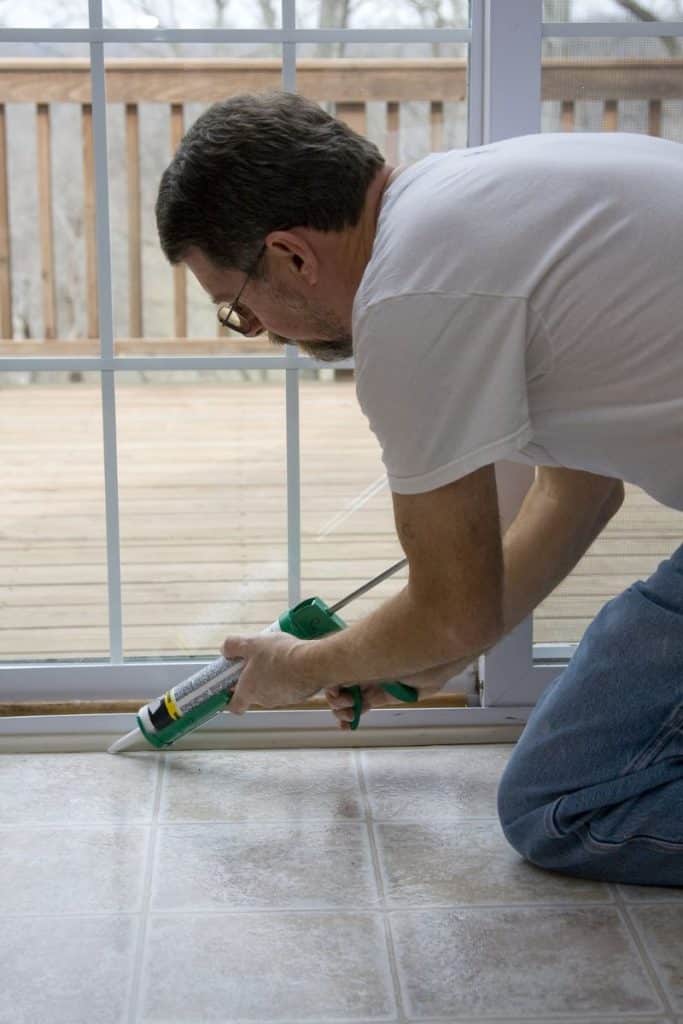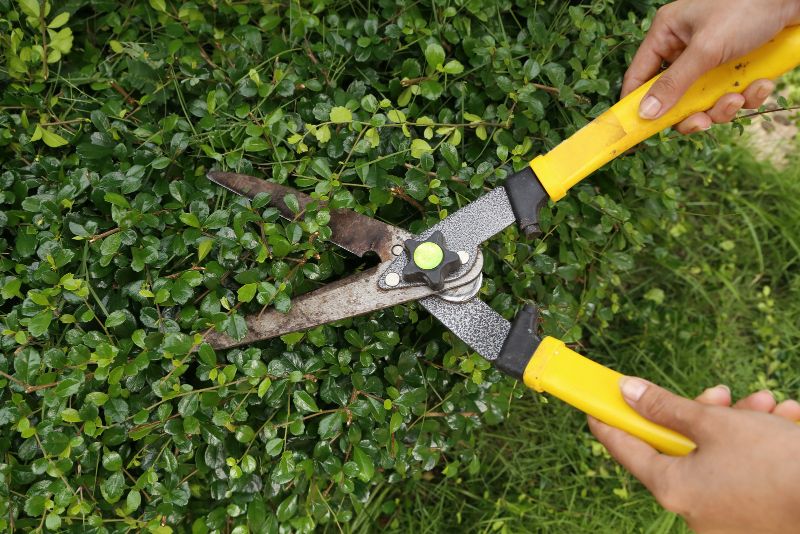Keeping your home pest-free doesn’t have to be a daunting task. With the right knowledge, it can be simple and stress-free. This blog post is going to share expert tips and strategies that you can easily implement to create and maintain a pest-free environment in your own home. Let’s make your home a no-go zone for pests!

Conduct Regular Inspections
Conducting regular inspections is a crucial step in keeping your home pest-free. Expert pest removal services would suggest that you think of it as a routine health check for your home. Not only does it help you identify any current infestations, but it also allows you to spot potential pest entry points and areas of vulnerability. From your kitchen pantry to the attic, pests can find their way into numerous hidden corners. Regular inspections can highlight these issues, allowing you to address them before an infestation takes hold.
Moreover, by recognizing the signs of a pest presence, such as droppings or damage to food packages, you can swiftly take the necessary measures to curb their spread. Remember, early detection is key in pest control. By regularly inspecting, you’re on the front foot, preserving the comfort and hygiene of your home. Regular inspections certainly make the road to a pest-free home smoother and more manageable.
Maintain Cleanliness
Maintaining cleanliness is another important step in keeping your home pest-free. Pests are attracted to food residue, clutter, and dust, which can be eliminated through regular cleaning. By tidying up rooms, wiping kitchen surfaces, vacuuming carpets and floors, and disposing of garbage properly, you minimize the chances of pests making a home on your premises.
A well-planned routine that includes cleaning and decluttering can be an effective pest control measure, as it deprives pests of the food they need to survive. Furthermore, proper hygiene practices, such as storing food in sealed containers and promptly fixing any leaky pipes or faucets, can make your home less desirable for pests.
Seal Entry Points
Whether you’re aware of them or not, every home has a lot of different entry points pests can use to intrude. These could be the following:
- Cracks in walls and foundations
- Gaps around windows and doors
- Vents and ventilation openings
- Gaps in roofing and eaves
- Attic and crawl space access points
- Utility and plumbing openings
- Chimney and fireplace
- Door and window screens
- Cracks or gaps in flooring
- Garage doors and seals
- Pet doors
- Siding and exterior cladding
- Outdoor faucets and hose attachments
- Cracks in concrete or pavement
- Electrical outlets and switches
By closing off cracks, gaps, and openings, you eliminate the pathways pests use to infiltrate your home. This proactive measure effectively deters pests, making your home a fortress against unwanted intrusions. Remember, a sealed home is a pest-free home.

Proper Food Storage
Pests, ranging from tiny insects to rodents, are attracted to food sources, and improperly stored food can quickly become an inviting beacon for these unwelcome guests. Ensuring all foodstuffs are securely sealed and stored, whether in the pantry or refrigerator, helps to minimize the scent and access to food that may attract pests.
Furthermore, avoid leaving ripe fruits or vegetables on countertops for extended periods, as these can also attract pests. Dispose of food waste promptly and always keep trash bins tightly sealed. By diligently attending to your food storage practices, you are removing a key attraction for pests, thereby significantly reducing the likelihood of an infestation in your home.
Address Moisture Issues
Moisture in the home can be a significant attractant for pests, as many types, such as termites, cockroaches, and mold mites, thrive in humid environments. Addressing these issues, through methods like improving ventilation, repairing leaks, and using dehumidifiers, can help create an environment that’s less appealing to pests.
Additionally, damp conditions can lead to wood decay, making it easier for pests to gain access to your home. Hence, by promptly dealing with any sources of excess moisture, you’re taking a significant step toward maintaining a pest-free home. Remember, a dry home is less inviting to pests, and managing moisture effectively is a key strategy in your pest control arsenal.
Trim Vegetation
Overgrown bushes, shrubs, and trees can serve as bridges for pests, such as ants, spiders, and rodents, to enter your home. Moreover, certain pests, like termites, can thrive in decaying plant material. By regularly trimming and maintaining your garden, you minimize these risks.
Also, be mindful to keep mulch, firewood, and garden debris a reasonable distance from your house’s foundation to mitigate pests’ attraction to your home. The goal is to create an inhospitable environment for pests, and proper vegetation management is a step in the right direction.

In conclusion, taking action is your best defense against pests. By regularly inspecting your home, maintaining cleanliness, sealing entry points, storing food correctly, addressing moisture, and managing vegetation, you’re well on your way to maintaining a pest-free home. Remember, a little effort goes a long way in safeguarding your home against unwanted visitors. Start today, and enjoy a pest-free environment!
